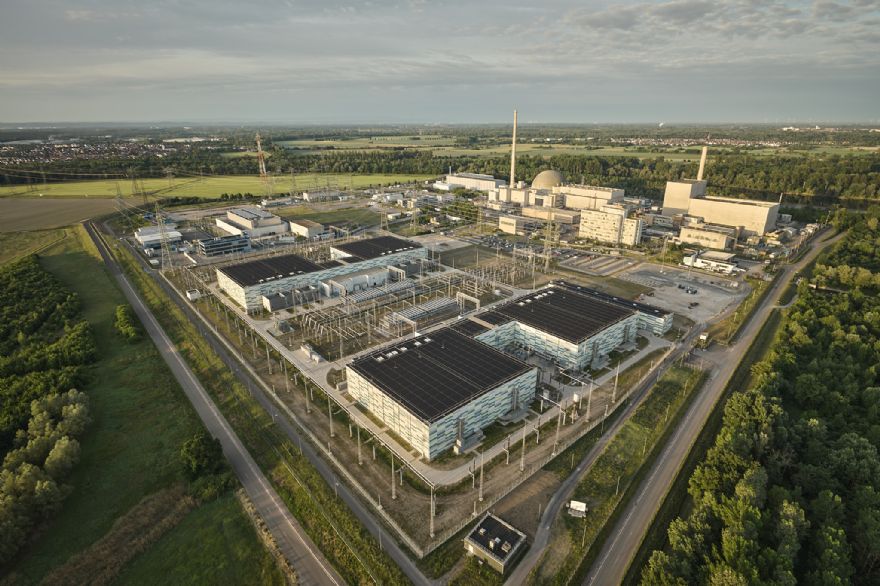
Since 2017 and 2020, work has been underway to dismantle the two nuclear power plant blocks at the Philippsburg power plant site in Germany, while on a neighbouring section of the ‘energy park’, the transmission system operator
TransnetBW has built a large direct-current substation that is part of a new Ultranet direct current-transmission line and will make wind power from northern Germany available in the southwest of the country.
EnBW — one of the largest energy companies in Germany and Europe — has presented a project to Philippsburg’ municipal council for one of the largest battery storage systems in the country to be built on the site. With an output of 400MW and a capacity of 800MWh, it will have enough capacity to meet the daily electricity needs of around 100,000 households.
If a lot of electricity is available from renewable sources such as wind or solar energy, the storage system would capture power from the grid then feed into the grid again when it is needed. This capability would make Philippsburg a central hub and storage location for electricity from renewable energies in Germany.
Large-scale battery storagePeter Heydecker, EnBW’s board member for sustainable generation infrastructure, said: “In the energy system of the future, the task of large-scale battery storage systems will be to reconcile two factors in the short term: the weather-dependent generation capacity of renewable energy sources on the one hand, and the actual electricity demand of households, businesses and industry on the other.”
Stefan Martus, the Mayor of Philippsburg, added: “Together with the hydrogen-ready gas power plants, which are also designed for longer periods of use, they provide the flexibility we need in the system. Philippsburg has been one of the most important energy locations in the whole of Germany for half a century, and our town is set to continue to play this outstanding role as an anchor point and huge storage facility for sustainable power generation.”
The large-scale project is to be implemented without government funding. The site’s existing grid connection and energy infrastructure make it ideally suited for the large-scale battery storage system; and while the project is still at an early stage, with the building permit and EnBW’s final investment decision still pending, if everything continues to go smoothly it is conceivable that the battery facility will be up and running by the end of 2027.